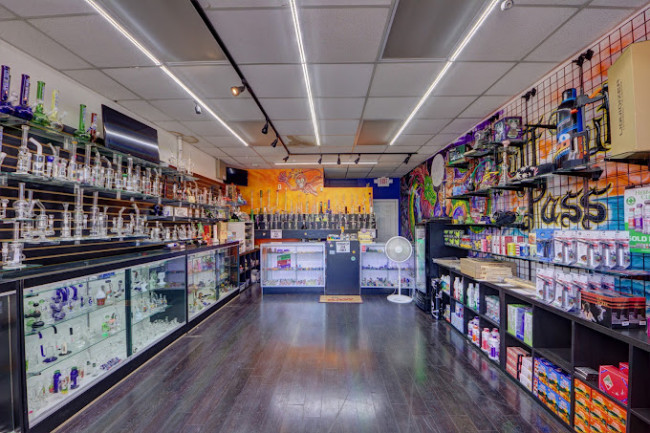Technology is becoming increasingly prevalent in childcare centres and has become an integral part of the learning experience for many children. While technology can provide various educational benefits for young minds, it is essential to ensure that screen time does not take precedence over traditional play and interaction between teachers, students and peers.

Childcare providers must carefully manage the role of technology in early childhood education to ensure that screens are balanced with other forms of learning activities such as physical play, creative exploration and socialisation. This article will explore how educators can best manage the use of technological devices within their classrooms while still providing a stimulating environment that encourages creativity, collaboration and problem-solving among their pupils.
1. Establishing a good balance:
Creating an appropriate balance between digital devices and other activities such as physical play, art, music and stories is vital. Technology should be used to supplement existing educational practices rather than replace them altogether. Educators can also implement rules that limit the amount of screen time each child receives daily.
2. Offering engaging activities:
Technology should never be used as a substitute for teacher-led activities or social interaction among children. Instead, educators should use technology as an additional tool for learning and exploration that supplements activities like outdoor play, storytelling or crafting projects. Providing interactive content with educational value is essential when using technology in childcare settings.
3. Fostering collaboration:
By allowing children to work together on projects and activities, educators can help facilitate invaluable problem-solving and collaboration skills. Providing opportunities for group discussions or team-building exercises can also help foster positive relationships between students and aid in developing their social skills.
4. Encouraging creativity:
Using educational technology should extend beyond merely providing access to digital content; it should serve as a platform for creative exploration and self-expression. Educators should guide by encouraging children to explore the creative possibilities that can be achieved with various types of technology such as coding, animation or music composition.
5. Establishing guidelines:
Having clear rules and expectations for using technology in the classroom can help make sure that technology is used appropriately. Educators should guide topics such as screen time limits, acceptable content and online safety.
6. Monitoring usage:
Keeping a close watch on how children use technology is essential to ensure that it is used for educational purposes. Educators should also be aware of any behavioural changes associated with the overuse of digital devices and take appropriate measures if necessary.
7. Teaching responsibility:
Educators should emphasize the importance of digital citizenship and responsible technology uses from a young age. Teaching children how to appropriately use technology with respect can help foster positive online behaviours that will serve them as they grow older.
Tips for Choosing the Right Childcare Centre for Your Child
As a parent, finding the right childcare centre for your child can be an overwhelming task. It is essential to take the time to research and evaluate various childcare centres to make sure that you are choosing one that will meet your child’s needs and provide them with a safe and nurturing environment in which they can learn, grow and develop. Here are some tips for helping you choose the best childcare centre for your little one.
- Visit the Centre: This is the best way to get an understanding of what the childcare centre is like and how they operate. Schedule a tour and make sure that you observe the staff members, classrooms and playgrounds. Ask questions about their policies, daily routines, safety measures, etc.
- Check References: Get references from other parents who have used the childcare centre and find out about their experience. This can provide you with valuable insight into how well the staff interacts with children, how the centre handles any issues that arise and how satisfied other parents were overall.
- Research Qualifications: It is important to make sure that the staff members of a childcare centre are qualified and experienced. Find out about their credentials and qualifications, as well as any additional training they may have received. It is also important to make sure that the staff members are certified in first aid and CPR to ensure the safety of your child.
- Review Policies: Each childcare centre will have different policies in place, so be sure to read through these to get an understanding of what is expected from parents and children. Pay special attention to the disciplinary policies so that you’re aware of how the centre handles any issues that may arise.
- Check for Cleanliness: A clean and safe environment is essential in a childcare centre, so make sure to look out for any signs of neglect or uncleanliness. This includes checking for a clean kitchen and bathroom, as well as making sure that the toys and playground equipment are in good condition.
- Consider Cost: Different childcare centres will have different fees, so make sure to factor this into your decision-making process. Make sure that the fees are within your budget and also consider any additional costs such as meals and supplies.
- Communication: It is important for parents to be able to communicate with the staff at the childcare centre. Find out how often you can expect updates and what type of communication methods are available (email, phone calls, etc.).
- Assess the Atmosphere: The atmosphere of a childcare centre can have a big impact on how your child adjusts and develops. When you visit, pay attention to the overall tone of the centre and make sure that it’s one where children feel welcome, supported and encouraged.
- Make an Informed Decision: Once you have gathered all the necessary information, take some time to evaluate the various childcare centres and make an informed decision. Consider all aspects of the centre, such as cost, qualifications, safety measures and atmosphere, to ensure that it is the right fit for your child.
Takeaway
Choosing a childcare centre can be a difficult process, but it is important to take the time to research and evaluate different options so that you can make an informed decision. By following these tips, you can ensure that your child will be safe and well-cared for in their new environment.
Technology has become an important part of early childhood education. With proper guidance and management, educators can help ensure that it is used to provide educational benefits while preserving traditional play and interaction between teachers, students and peers. Implementing the above strategies can help childcare providers create an appropriate balance between screen time and other activities that promote creativity, collaboration and problem-solving among their pupils.
















